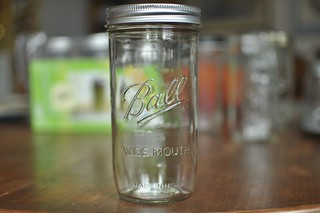Well it does seem to be that time of year when everyone is doing a retrospective on 2015. To be honest, I have never done that sort of thing before with my blogs, so I decided to do a variation on that theme to start out the new year.
Since I started writing my blogs back in 2012 I have posted 168 blogs. The themes of these blogs have ranged from Prayer Beads, to Gardening Hints, and Metal Working to Medieval Cooking. The majority of the blogs have something to do with pre-1600 accessories, food, and camping. And of course I have my favorites, so I decided to share a few.
This is a blog about an A&S project that I did. It is not a literary gem, but rather a recounting of my process and results. It was the first time that I had ever worked with antler. I only used hand tools, and I tried very hard to make everything as period as I could. And the result was A Viking Antler Comb.
And then there was this blog about Wrist Clasps. I often sell wrist clasps in my shop, I wear them on a couple of my Viking Under Tunics, and I get a fair number of questions about them. I wrote the blog to help people understand how the clasps work and how handy they could be.
My husband and I both love to cook Medieval food. When we cooked a Medieval Feast a number of years ago we went in search of some really yummy recipes that wouldn’t be too shocking to the modern palate. This is still one of my favorite Medieval snacks, and we will sometimes make it for potlucks – Succades, the perfect medieval palate cleanser.
And last but not least, an article about why I do what I do. – Stardust Moments in the SCA.
I hope that you enjoy these blogs as much as I do. Check out some of the other interesting topics in my blog collection, there is something for everyone.





